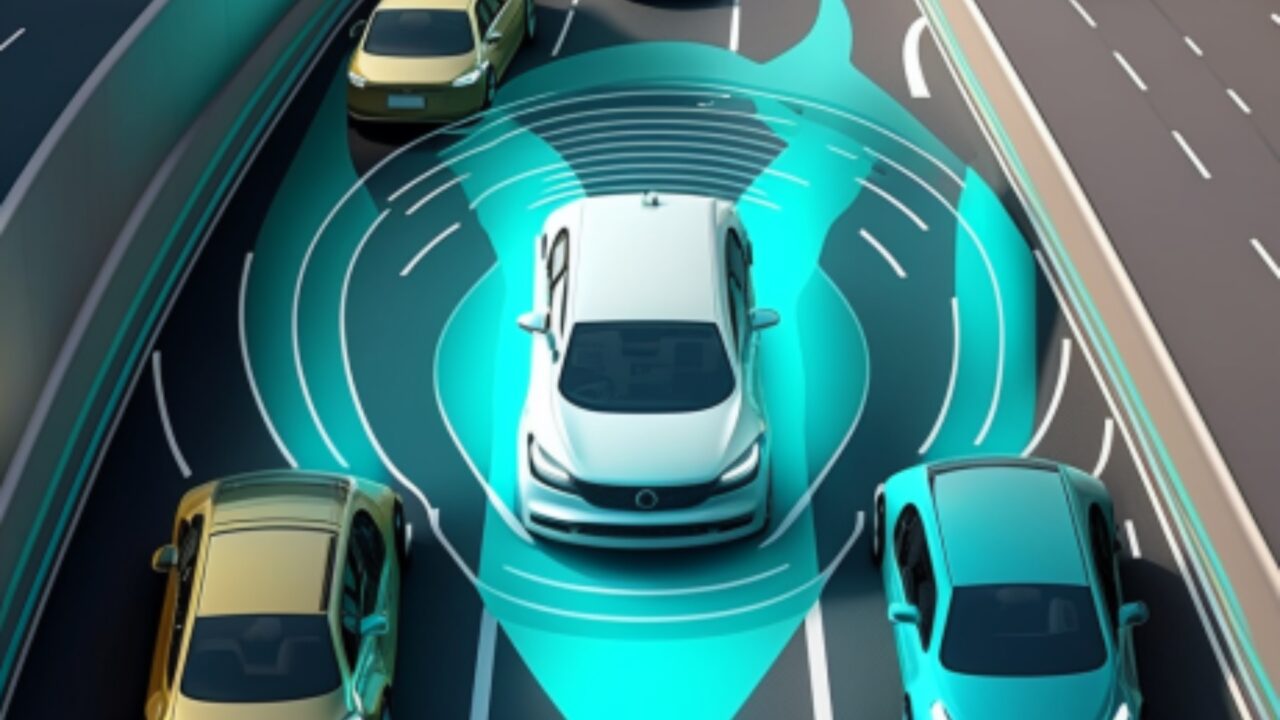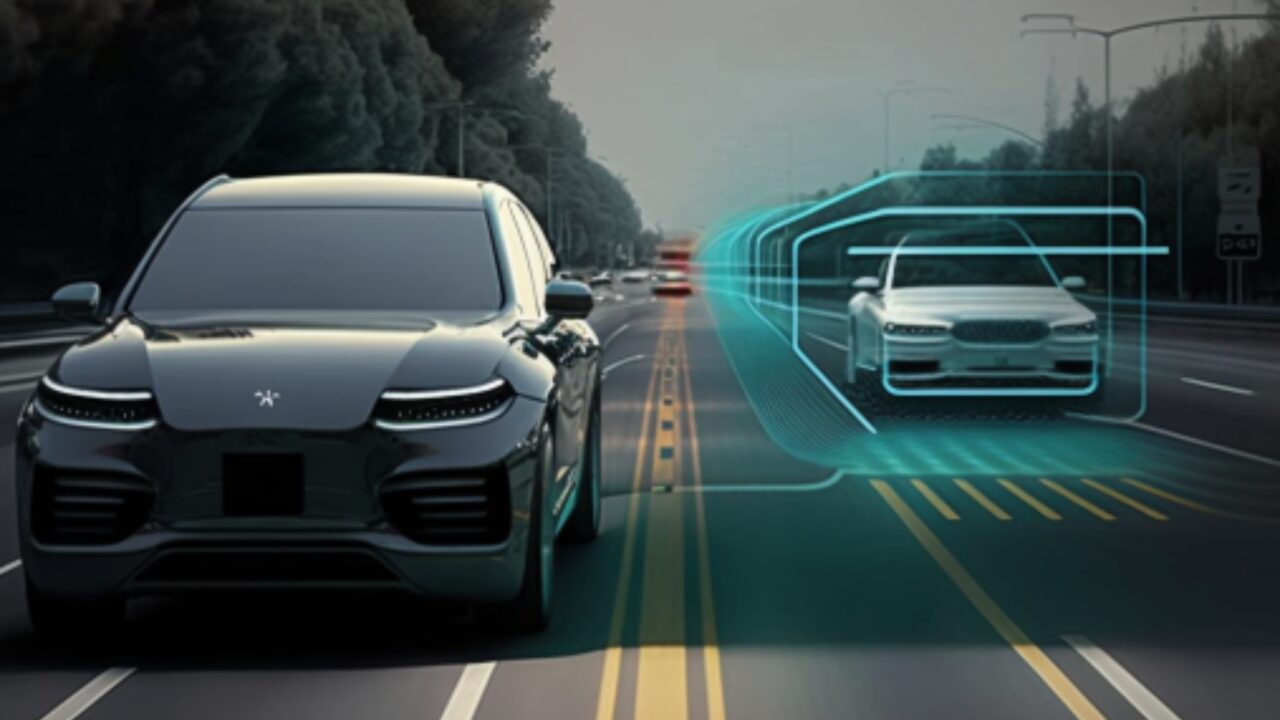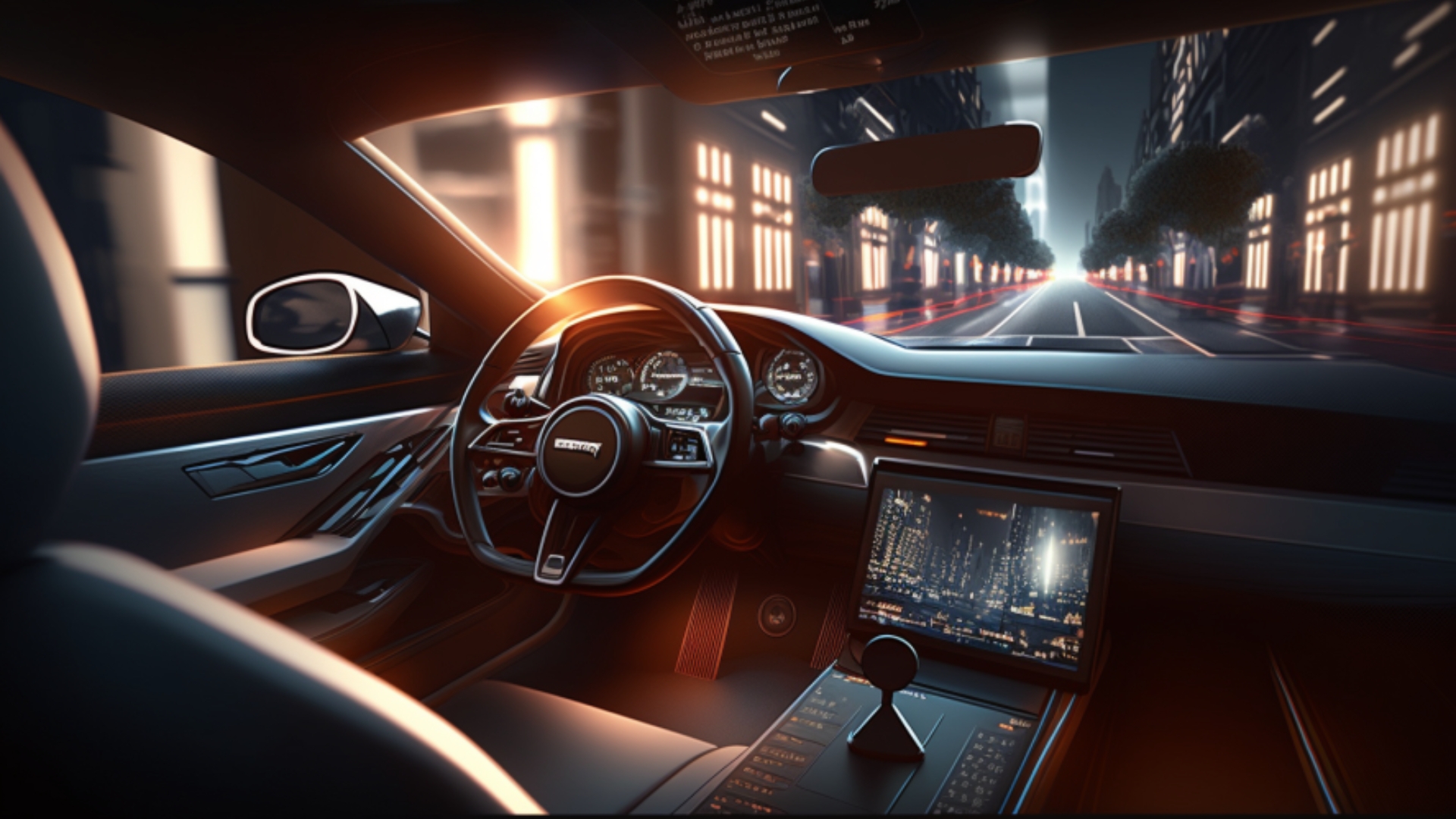Aggressive behaviour on the roads is a growing danger, with new research showing that 78% of drivers claim to have been threatened by other road users.
The problem of distraction and aggression
The rise of aggression and distraction on the roads is becoming a growing concern for drivers and the Department for Transport (DfT) in Britain. According to recent figures, 78% of drivers have reported being threatened by other road users. Startlingly, one in twelve of the 1,339 deaths on Britain’s roads in 2021 were linked to aggressive behaviour.
Even cyclists are lashing out the aggression, with a shocking 65% of drivers admitting that aggressive cyclists have been a threat to their personal safety. The problem is only getting worse, with 60% of drivers surveyed believing that aggressive cyclists are a bigger problem now than they were three years ago, while 63% of drivers think that aggressive motorists have become even more of an issue too.

The DfT’s research also found that distracted drivers were a contributing factor in a staggering 16,333 road incidents in 2021, with 3,700 of those distractions coming from inside the vehicle itself. Additionally, speeding was responsible for the deaths or serious injuries of a shocking 22,130 road users in Britain in 2021 alone.
An answer to the problem
So, it’s time to take a long, hard look at our driving habits and start making some serious changes before it’s too late. There may be a solution to this growing problem with autonomous driving cars where distractions and speeding could be eliminated, potentially reducing accidents and fatalities on the roads.
While some may argue that autonomous driving cars may never be more than a fancy driving assistant due to the gut feeling and intuition required in certain driving scenarios, technology is advancing rapidly. Autonomous cars may eventually be able to communicate with each other, making it possible for them to navigate roads even more safely.
But, can autonomous cars ever be more than a fancy driving assistant when certain driving scenarios are about experience, gut feeling or instinct? Driving by computer just can’t replicate the kind of intuition and experience-based skills humans possess.
Can this really work?
With technology advancing and driving taking a lot of brainpower, it’s worth considering whether autonomous driving cars may eventually be able to replicate the kind of intuition and experience-based skills we possess as drivers. It’s time to start exploring the potential of autonomous driving cars as a solution to the aggression and distraction that plague our roads today.

EV technology
Let us take a look at the technology. Autonomous driving technology has been rapidly advancing. We have had Advanced Driver Assistance Systems (ADAS) use sensors and cameras to assist drivers with various tasks, such as lane departure warnings, blind spot monitoring, and adaptive cruise control for many years and these have become accepted helpful systems that can stop or lessen the damage and harm occurring from accidents on the road.
Level 2 Autonomous Driving is a level of autonomy that allows a vehicle to perform certain driving tasks, such as acceleration, braking, and steering, under certain conditions. However, the driver is still required to be alert and ready to take control of the vehicle at any time.
Level 3 Autonomous Driving allows the vehicle to take full control under certain conditions, such as on highways, but the driver is still required to be able to take control of the vehicle if necessary.
Level 4 Autonomous Driving allows the vehicle to take full control under most conditions, with the driver only required to intervene in rare situations.
Development of fully autonomous vehicles is being developed by companies such as Waymo and Cruise, that do not require a driver to be present.
Companies spearheading research
Waymo, a tech development company specialising in self-driving cars, is making major moves in the transportation industry. As a subsidiary of Alphabet Inc., the parent company of Google, they’re leveraging advanced hardware and software to design and deploy autonomous vehicles that are set to revolutionise the way we move people and things. Waymo’s primary mission is to make transportation safer and more accessible for everyone. Waymo’s diving headfirst into developing new automated driving technologies, like their impressive LiDAR-based vision system.

Meanwhile, Cruise, a self-driving car technology company owned by General Motors, is also making waves in the industry. With a focus on developing autonomous cars for ride-hailing and delivery services, Cruise is currently testing its vehicles in San Francisco and Phoenix. They’re also hard at work on a fully autonomous car that doesn’t require a human driver. These guys have created an incredible Autonomous Driving System (ADS) that harnesses the power of multiple sensors, advanced mapping, and state-of-the-art artificial intelligence to enable vehicles to cruise around autonomously in everyday driving situations.
Argo AI is partnered with none other than Ford and VW to deploy their tech in those vehicles. Argo AI has even launched its own commercial ride-hailing service in Miami. These folks are really putting their tech to the test and proving that autonomous driving is the way of the future!
Artificial Intelligence (AI) is being used to improve the accuracy of sensors and cameras used in autonomous driving systems, as well as to make decisions based on data gathered by these systems.
So, as technology advances, one study shows that the growing adoption of advanced driver-assistance systems (ADAS) in Europe could reduce the number of accidents by about 15 per cent by 2030. This is easily believable if you consider that this technology could remove some of the stresses of driving. Anything to remove some of the aggression-related accidents is bound to make our roads a safer place to be.
